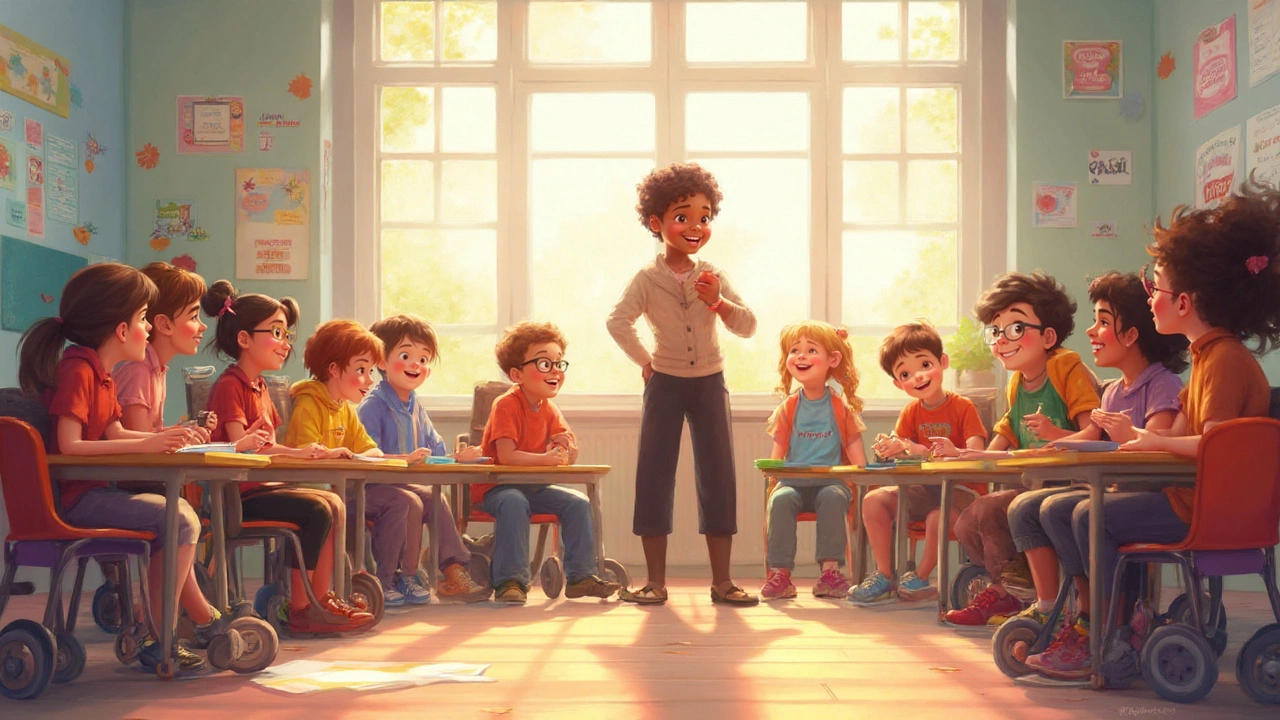Disability Language: How to Talk Respectfully and Inclusively
Ever wonder if the words you use might unintentionally hurt someone with a disability? You’re not alone. Many of us grow up hearing terms that sound normal but actually keep people apart. The good news is that a few simple changes can make your language welcoming and clear.
First, think about putting the person before the disability. Instead of saying “a disabled boy,” say “a boy with a disability.” The shift might feel tiny, but it tells the listener that the person is more than their condition. People‑first language works for any disability – visual, hearing, learning, physical, or mental.
Words to Keep and Words to Drop
Some words have become red‑flags because they reinforce old ideas. Words like “handicapped,” “crippled,” or “suffers from” often carry negative baggage. Swap them for neutral terms: "person with a mobility impairment," "learner with dyslexia," or simply "student with ADHD." When you’re unsure, ask the individual how they prefer to be described. Most people appreciate the effort.
Keep words that focus on ability, not limitation. Phrases like "uses a wheelchair" or "communicates with sign language" are factual and respectful. Avoid language that implies pity – “poor thing” or “suffers.” Instead, focus on what the person can do or the support they need.
Practical Tips for Everyday Conversation
1. Listen first. If someone tells you their preferred term, use it. It shows you value their voice.
2. Ask, don’t assume. If you need to know about a person’s accommodation, phrase the question politely: "What support do you need to feel comfortable?"
3. Stay specific. “Special needs” is vague. Saying "vision impairment" or "autism spectrum disorder" is clearer and more respectful.
4. Mind the verb. Instead of "the disabled are" say "people with disabilities are." It eliminates the feeling of a group being defined by a condition.
5. Check your tone. Speak with confidence, not condescension. Treat the conversation like any other – direct, friendly, and matter‑of‑fact.
In schools, classrooms, or online forums, these tweaks help create a space where everyone feels seen. Teachers can model the language, parents can reinforce it at home, and students quickly pick up the habit.Remember, language evolves. What’s right today might shift tomorrow, so staying open to feedback is key. If someone corrects you, thank them and adjust – it’s a small act that builds big trust.
By using people‑first wording, dropping outdated terms, and asking for preferences, you’re not just changing words; you’re changing the vibe of the whole community. Try these tips in your next chat, and you’ll notice how easy it feels to talk in a way that includes, respects, and empowers every person.
-
3
- 0
Discover the most polite and up-to-date terms for special needs in education and society. Learn how language shapes respect and inclusion in 2025. Read more
Tags Weight
- education
- exam preparation
- study tips
- adult education
- online courses
- adult learning
- lifelong learning
- distance learning
- GCSE revision
- online education
- private tutoring
- special needs education
- scholarships
- remote learning
- scholarship tips
- financial aid
- international students
- effective learning
- e-learning
- education funding

